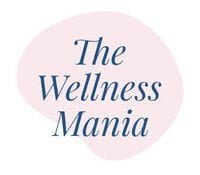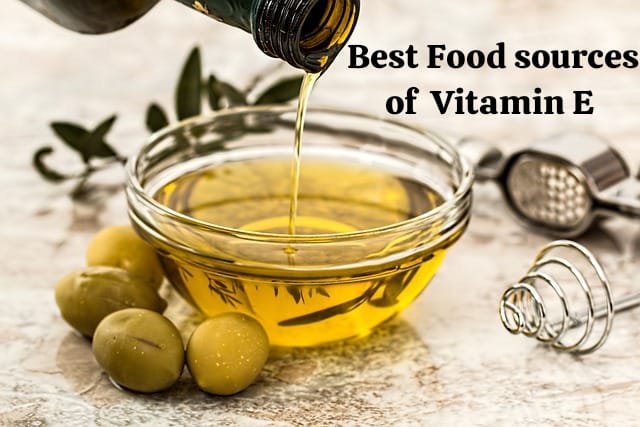Introduction
It is important to understand the significance of best sources of vitamin E as different essential vitamins that the body needs on a daily basis. It is of the utmost value due to its role in
- Skin care
- Eye health
- Immune system
So, the most important question is how can we get it? This article will help to find out the best sources of vitamin E and provide a clear understanding of how it can be incorporated on a daily basis.

Visit Website: Click here!
What is Vitamin E?
Vitamin E is a fat-soluble compound mostly known as the powerful antioxidant’s mode of action. The antioxidants are the most suitable for combating the free radicals produced in the body. There are eight different forms of vitamin E, but alpha-tocopherol is the most active form in the body.
Types of Vitamin E
Tocopherols are of four different types
- Alpha-tocopherol (α-tocopherol)
- Beta-tocopherol (β-tocopherol)
- Gamma-tocopherol (γ-tocopherol)
- Delta-tocopherol (δ-tocopherol)
Tocotrienols are also of four different types
- Alpha-tocotrienol (α-tocotrienol)
- Beta-tocotrienol (β-tocotrienol)
- Gamma-tocotrienol (γ-tocotrienol)
- Delta-tocotrienol (δ-tocotrienol)
Why is vitamin E needed?
Health Advantages
Vitamin E has different roles in the body to maintain good health. It prevents different oxidative stresses and improves skin and immune health, which prevents long-term chronic diseases.
- Antioxidant Properties
Many reactive free radicals are constantly produced in our bodies that have carcinogenic effects on the human body. These reactive free radicals are unstable species that directly damage the cell, causing diseases and aging. Vitamin E sources provide the best option to protect the cell from free radicals and maintain overall health.
- Skin Health
Vitamin E is known for its properties in skin care and nourishment. During daylight, UV damages the skin’s health. By using the best sources of vitamin E, the elasticity of the skin can be improved by reducing the UV effect. As a result, you can get a healthy and radiant result by using the best sources of vitamin E.

- Immune Support
The infections cause different illnesses if the immune system is weak. Vitamin E affects the immune system in two ways. It not only helps to improve the immune response but also helps the body to improve its combating ability against bacterial and viral infections. So, by adding the best sources of vitamin E to the diet, a better immune response can be achieved.
Visit Website: Click here!
Daily Requirements of Vitamin E
- Recommended Daily Allowance (RDA)
The daily need for vitamin E basically depends on the age and sex of the individual. It is 15 mg, or 22.4 IU, for an adult individual per day. The required amount can be taken through food if the best sources of vitamins are added to daily meals.
- How much is too much?
The amount must be around the required figures instead of little variations according to the body of everyone. So, avoid overdoing the vitamin E daily intake, as it causes the blood thinning that leads to negative impacts on bleeding. The high intake level of vitamin E is 1000 mg, or 1500 IU a day. So, be careful if you are taking vitamin E supplements to meet the daily requirement and use natural best sources of vitamin E.
The 7 Best Sources of Vitamin E
- Nuts and seeds
Almonds: One of the best sources of vitamin E is the almond. It gives a rich vitamin E value as a handful of almonds (28 g) contains almost 7.3 mg of vitamin E, which is almost half of the daily requirement of vitamin E.

Sunflower Seeds: One of the best sources of vitamin E is sunflower seeds. If you have a quarter cup of these seeds, they contain 8.35 mg of vitamin E. So, it can complete more than half of the requirements on a daily basis.

Hazelnuts: One of the best sources of vitamin E is hazelnut. Only one ounce of this food item can have 4.28 mg of vitamin E.
- Vegetable Oils
Wheat Germ Oil: one oil whose tablespoon amount exceeds the daily requirement of vitamin E is wheat germ oil, as it contains 20 mg of this content.
Sunflower Oil: One of the best sources of vitamin E is sunflower oil. It contains 5.6 mg of vitamin E. The oil can be a perfect match for cooking and salad dressings.
Olive Oil: The best source of vitamin E contains olive oil, which is an integral part of Mediterranean cuisine. It can be used for cooking and drizzling over different dishes.
- Greens
Spinach: The greens are an important part of cooked dishes, smoothies, and salads. The one cup of boil spinach contains the 3.7 mg of vitamin E component in it.
Swiss Chard: Swiss chard is one of the best sources of vitamin E, as it adds taste to different dishes. One cup of cooked Swiss chard contains 3.3 mg of vitamin E.
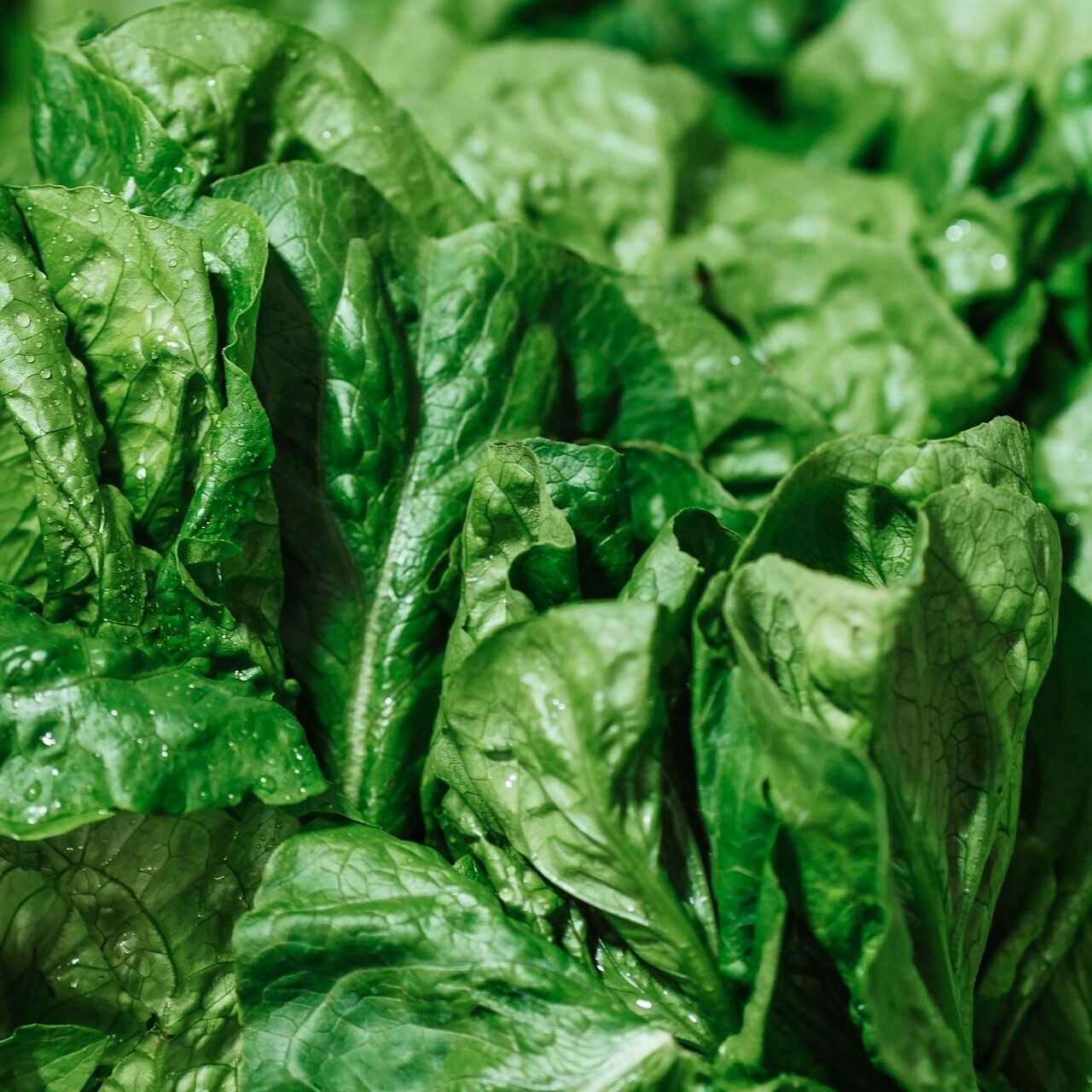
- Fruits
Avocados: The fruits are among the best sources of vitamin E, and avocado is among them. It contains healthy fats and 4.2 mg of vitamin E.
Kiwifruit: Kiwi fruit is also one of the best sources of vitamin E. It contains 1.1 mg of vitamin E, which helps fulfil the daily requirement.

- Vegetables
Broccoli: Vegetables are also a good source of vitamin E. A cooked cup of vitamin E contains almost 1.2 mg of vitamin E.
Butternut Squash: One cooked cup of butternut squash contains almost 2 mg of vitamin E, which helps meet daily requirements.
- Fish
Rainbow Trout: Fish is best known for omega-3 fatty acids, but it is also a rich source of vitamin E. For one serving of rainbow trout, it contains 2 mg of vitamin E.
Salmon: Salmon also offers 2 mg of vitamin per serving, along with taste and likeness for eating.
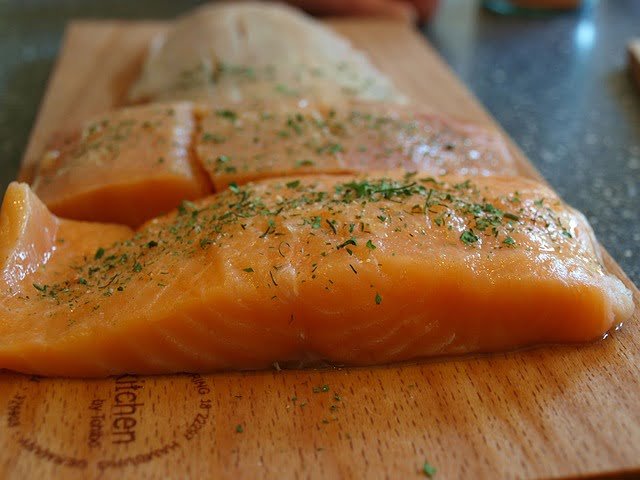
- Other Sources
Fortified Foods: There are different breakfast cereals, along with plant-based milk, available on the market that are fortified with vitamin E. Their labels contain the different fortification amounts, so select according to your requirements.
Supplements: If the food does not meet the requirements for vitamin E, then supplements are the best option. But supplements cannot be a long-lasting option.
Visit Website: Click here!
Incorporating Vitamin E into Your Diet
Meal Planning Tips
The above guide to the foods that are the best sources of vitamin E can help prepare meal plans that provide enough vitamin E. There are different choices for breakfast, like
- Fortified cereals
- Smoothies with spinach
- Almond milk.
The leafy greens and nuts would provide excellent combinations for lunch and dinner, while the oils mentioned above are good for cooking.
Simple Recipes
- Avocado and Spinach Smoothie: Take a ripe avocado, a cup of almond milk, a handful of spinach, and one banana. Prepare a smoothie for breakfast that provides the best option to meet the vitamin E requirement.
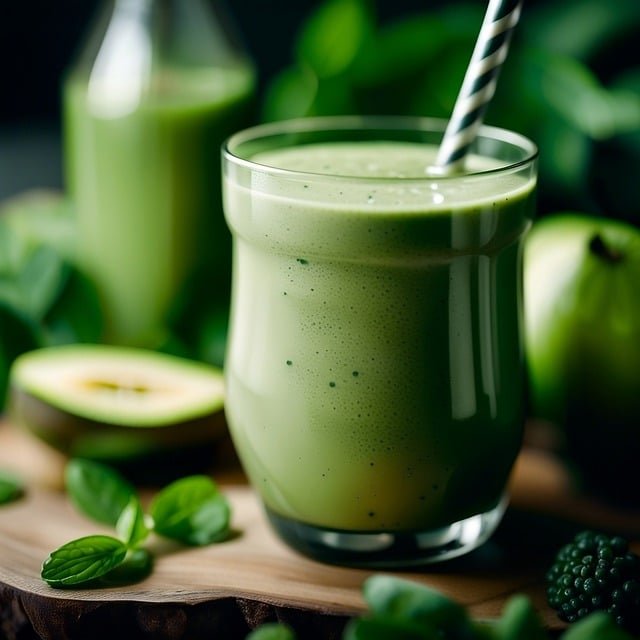
- Sunflower Seed Salad:
A salad of leafy greens, cucumber, and cherry tomatoes with sprinkled sunflower seeds is the healthiest combination for vitamin E fulfillment. Dressing salads with lemon juice and olive oil provides extra nutrition.
- Snack Ideas
It is good to have a snack of dry fruits like almonds and hazelnuts. Another option is to make a snack of whole-grain bread topped with avocado paste and sunflower seeds to get the best nutrition.
Potential Deficiencies and their Symptoms
Signs of Low Vitamin E Levels
There are many reasons for vitamin E deficiency, except dietary deficiencies like different medical conditions and genetic diseases. The most prominent physical symptoms of vitamin E deficiencies are such as:
- muscle weakness
- vision problems
- immune system issues
- Risk Groups
Different groups of people, such as those with Crohn’s disease or cystic fibrosis, are more susceptible to this vitamin E deficiency. It can also be prevalent in premature infants who are in low-birth-weight conditions.
Visit Website: Click here!
Conclusion
Vitamin E is the most important nutrient required in daily meals to achieve good health. It helps improve the immune system by protecting against cell damage. If foods rich in vitamin E are added to the daily dietary plan, the daily requirements of vitamin E can be fulfilled. It provides powerful antioxidant protection for the body. Always avoid overdoing vitamin E, as it has negative effects as well. So, balance is the key to getting the maximum benefits from the best sources of vitamin E through food items.
FAQs
What are the main symptoms when a person gets a vitamin E deficiency?
Different problems appear when a person has a vitamin E deficiency. These problems are related to muscle and immune system weakness. Different vision problems are created by vitamin E deficiency.
What are the negative effects of taking too much vitamin E?
Yes, a person who takes vitamin E supplements can suffer from the negative effects. It can cause a bleeding issue as blood thinning increases with this vitamin. So, it is always recommended to take advice from medical professionals when taking any supplement.
How is Vitamin E beneficial for hair?
It is good for hair in many ways, like improving scalp circulation, which helps to improve hair health. As a result, hair growth would be better, and hair with good volume and shine could be achieved.
What are the prominent supplements for vitamin E?
There are many natural and synthetic vitamin E supplements available on the market. Try to always go with the natural label, such as d-alpha-tocopherol. These are absorbed the most and give the best results.
Is it possible to increase vitamin E intake naturally?
Yes, the vitamin E intake can be increased in many ways. For example, fortified products can be added to a diet plan to enhance its amount if it cannot be taken naturally. Different fortified options for breakfast are available, such as almond milk and cereals. Except for these leafy greens, oils, seeds, and fruits like kiwi, avocado can be added to your diet. All the above-mentioned are the best sources of vitamin E.
